Programming Entity Framework Julia Lerman
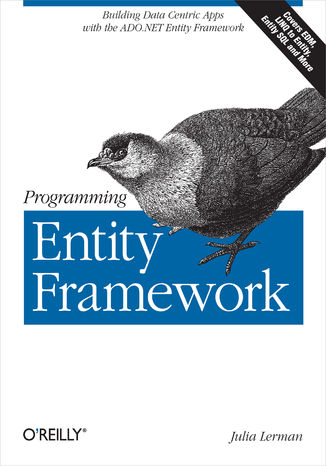



- Autor:
- Julia Lerman
- Wydawnictwo:
- O'Reilly Media
- Ocena:
- Stron:
- 832
- Dostępne formaty:
-
ePubMobi
Opis
książki
:
Programming Entity Framework
If you use Entity Framework in Visual Studio 2008 and .NET 3.5, this is the book you want. Programming Entity Framework, 1st Edition offers experienced developers a thorough introduction to Microsoft's core framework for modeling and interacting with data in .NET applications. This hands-on tour provides a deep understanding of Entity Framework's architecture and APIs, and explains how to use the framework in a variety of applications built with Visual Studio 2008 and .NET 3.5.
From the Entity Data Model (EDM) and Object Services to EntityClient and the Metadata Workspace, this highly acclaimed first edition covers it all.
- Understand the core concepts you need to make the best use of the Entity Framework (EF) in your applications
- Learn to query your data, using either LINQ to Entities or Entity SQL
- Create Windows Forms, WPF, and ASP.NET applications
- Build ASMX web services and WCF services
- Use Object Services to work directly with your entity objects
- Delve into model customization, relationship management, change tracking, data concurrency, and more
One important note: while many of the lessons from this book will continue to be valuable as you move to .NET 4, the thoroughly revised second edition of Programming Entity Framework (August 2010) specifically targets Visual Studio 2010 and .NET 4 -- where there have been many advancements and additions to the framework.
Wybrane bestsellery
O'Reilly Media - inne książki
Dzięki opcji "Druk na żądanie" do sprzedaży wracają tytuły Grupy Helion, które cieszyły sie dużym zainteresowaniem, a których nakład został wyprzedany.
Dla naszych Czytelników wydrukowaliśmy dodatkową pulę egzemplarzy w technice druku cyfrowego.
Co powinieneś wiedzieć o usłudze "Druk na żądanie":
- usługa obejmuje tylko widoczną poniżej listę tytułów, którą na bieżąco aktualizujemy;
- cena książki może być wyższa od początkowej ceny detalicznej, co jest spowodowane kosztami druku cyfrowego (wyższymi niż koszty tradycyjnego druku offsetowego). Obowiązująca cena jest zawsze podawana na stronie WWW książki;
- zawartość książki wraz z dodatkami (płyta CD, DVD) odpowiada jej pierwotnemu wydaniu i jest w pełni komplementarna;
- usługa nie obejmuje książek w kolorze.
Masz pytanie o konkretny tytuł? Napisz do nas: sklep@helion.pl
Książka drukowana


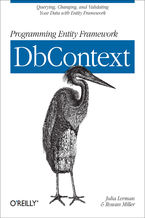

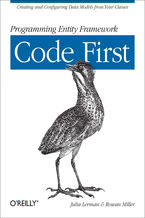
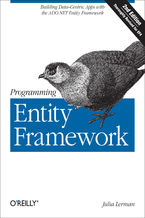
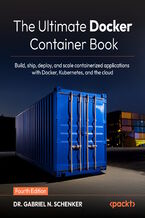

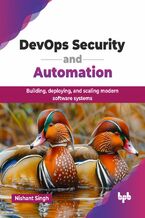
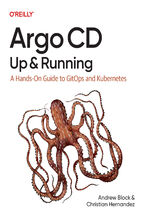
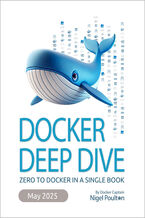
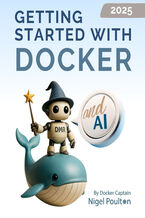
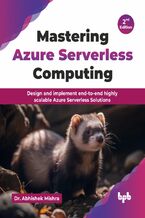
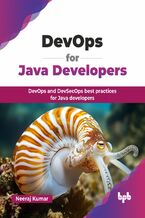
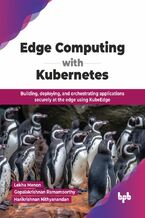
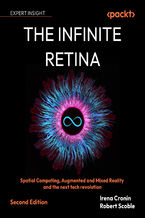






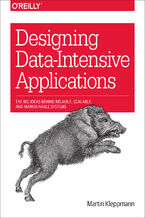
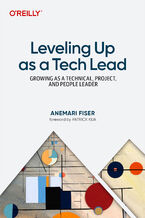

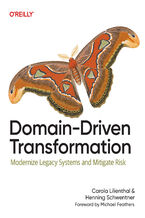

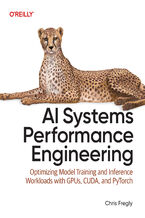
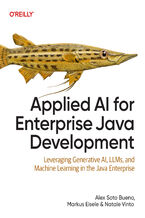
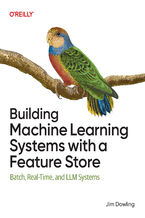
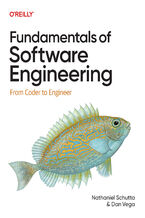
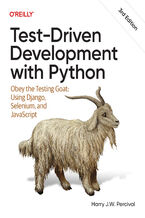



Oceny i opinie klientów: Programming Entity Framework Julia Lerman
(0)